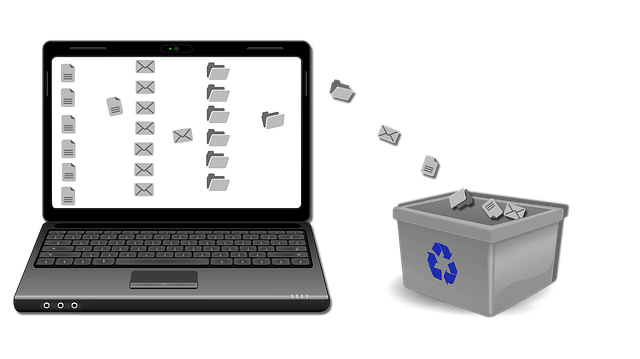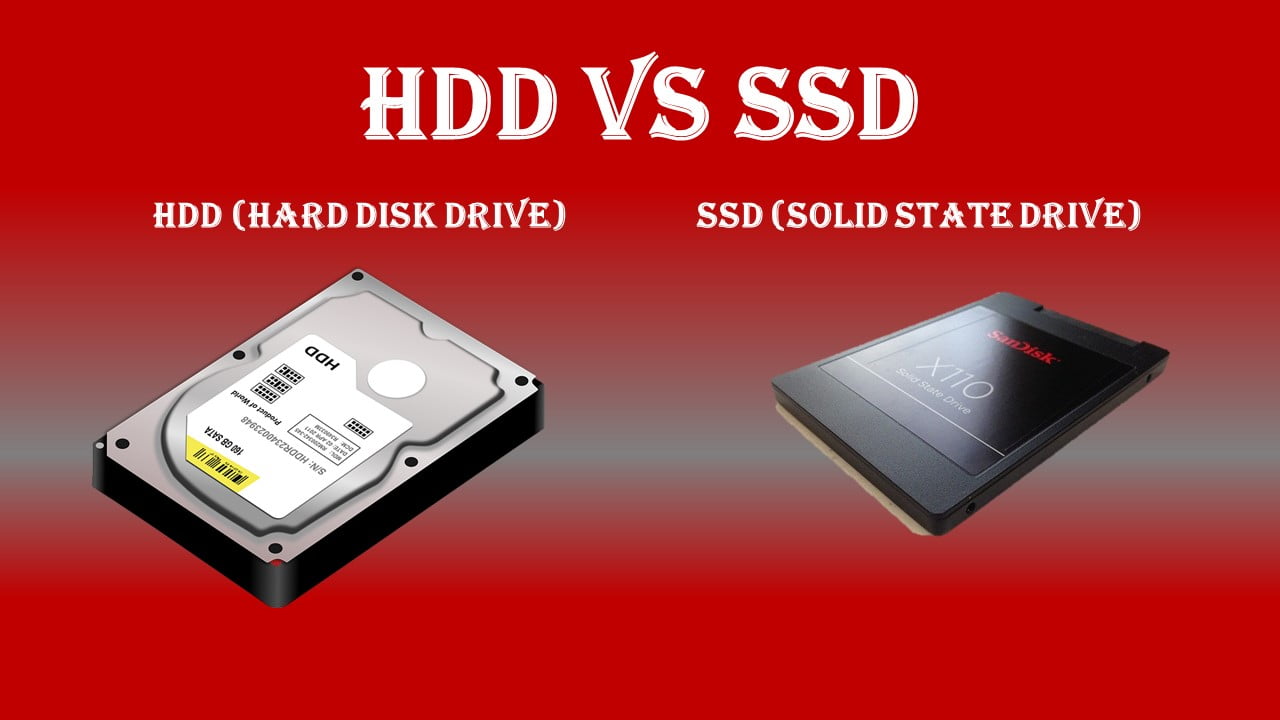3D Modeling and Rendering in Architectural Design
Since centuries, illustration has been an integral part of successful building design. Illustration has many forms and is still a key component of successful building design evolve quickly in our digital era. What does it mean to refer to a computer-generated rendering of a building? What does it mean to have a computer-generated rendering? What have architectural visualizations looked like in history? What are the benefits and drawbacks of 3D modeling in realistic 3D? What are the most common design processes and programs? In the following paragraphs, we will answer all these questions below.
Table of Contents
What is 3D modeling?
3D modeling, a subset of computer-aided design (CAD), is the creation of three-dimensional representations using specific software and a computer. 3D modeling can make product design more efficient.
You can use the various modeling programs to:
- Final products can be created and photographed
- Modify and improve the designs
- Take easy notes of designs, measurements, and materials
3D modeling is the precursor to 3D printing. There are many ways that 3D modeling can help you make and visualize parts. It can also be used to communicate dimensions and material types. Anyone who sees the designs. It could be used to create control paths for CNC (computer numerically controlled) machines.
How Does 3D Modeling Work?
3D modeling is the use of specialized 3D software that allows you to manipulate objects’ edges, verticles, and polygons in a virtual 3D space. The 3D artist scans real-world objects and converts them into digital objects using data points.
The core of the model is the mesh. This mesh can be described as a compendium or collection of spatial points. These points are mapped onto a grid and then merged into polygonal shapes such as quads or triangulars. Every vertex, or point, has its own grid location. By linking these vertices into shapes you can create an object’s surface.
Polygonal Modeling
To create a polygonal mesh, 3D space points (also known as vertices) are connected by line sections. Because of their flexibility and speed, most 3D models are created in textured polygonal shapes. However, polygons are either flat or planar and can only approximate curved surfaces.
Curve modeling
Curves are used to define surfaces in modeling. Weighted control points can influence curves. The points are followed by the curve. The curve will be closer to the point if the weight of a point is increased. There are many types of curves: splines and patches; NURBS (nonuniform rational B spline); and geometric primitives.
Digital Sculpting
Digital sculpting is a relatively new 3D modeling technique. It can be further classified into three types: volumetric displacement, dynamic tessellation, and volumetric displacement. These methods allow for true artistic exploration. After formation, the model is given a new topology and details are sculpted. The original mesh data is usually converted to displacement or regular map information.
What does “Architectural Rendering” mean?
Before construction starts, architects and designers create images of buildings. These images are used to show how a design will appear upon completion. A rendering is an artistic representation or the final design of a space.
Renderings are now created by sophisticated 3D models that are computer-generated. These renderings are increasingly immersive and realistic for most firms. Before we can explore the future of architectural illustration, let’s first examine its past.
A Brief History of Architectural Illustration
Master builders used to draw flat designs on paper with a pen or paint long before computers were invented. Architecture visualizations were developed following the example of fine art. As new artistic techniques were developed, design illustration also made significant progress. Fillipo Brunelleschi, a 2D painter who also recorded a 3D representation of the painting in 1415, made a significant breakthrough. With this innovation allows a 2D image to realistically depict a finished building.
Designers continued to create intricate, beautiful, dramatic, and emotionally charged design illustrations in the years that preceded the 20th century. Etienne-Louis Boullee’s Cenotaph to Newton (1784) is a famous example. This grandiose design was created through a series ink and wash drawings. It was only then that architects, heavily influenced by the Bauhaus Movement from Germany, began to specialize in combining the arts with industrial design. The focus of architectural renderings moved away from individual perspectives and toward axonometric drawings. These drawings were more geometrical, technical, and ornamental and focused more on the space form. Three-dimensional designs were color-coded and overlapped. This allowed for the final design to be communicated with simple diagrams, rather than real images from the human perspective.
International Business Machines Corporation (IBM), half a century later, created the first computer-aided design software (CAD). The evolution of computer technology has changed modeling and rendering practices today, just as fine art revolutionized architectural illustration during the Renaissance period. The 20th-century architects were proud of their hand-drawn designs, but today’s architects are trying to use a wider range of computer programs.
Digital 3D modeling has made it possible to automate many tedious drafting tasks. Building representations can now be created more quickly and edited in a matter of seconds. These 3D models can be used to add lighting sources, shadows, and building materials. This allows designers to create the most accurate representations of built space that the world has ever seen.
Key Benefits of Realistic Rendering and 3D Modeling
This innovative technology offers many benefits.
- It’s what clients prefer. Clients expect it from the architects they hire. Top design firms are known for their computer-generated designs. Realistic renderings enable clients to understand the design concept in its entirety. This ensures that all parties are on the same page before drawings are completed and construction starts.
- 3D models are precise and accurate. Designers, engineers, draftsmen and others input their building measurements into modeling software. The computer program then creates a model according to the specifications. This greatly reduces the chance of human error.
- It is easy to troubleshoot. It is easier to solve problems by creating 3D models of the project early on in its development. You can quickly edit the design to make major changes, which will prevent costly construction delays.
- The Technology is Immersive. Some software can convert 3D models into virtual and augmented reality experiences. Before the space is built, clients can walk in their design.
- Marketing demands it. The best features of a design are displayed in realistic renderings. These renderings are art pieces that inspire and excite potential clients as well as clients.
They are key components of any pitch deck that explains the benefits of a project and attracts investors.
3D modeling in Benefits
3D modeling is used by the architecture and construction industry to show proposed landscapes and buildings, rather than using traditional physical architectural models. This technology can be used to create 3D models for worksites, including designs for simple single-story homes and complex building designs.
Complex 3D modeling software is available for complex structures. This includes the creation of unique extensions and arches. The 3D rendering process allows for the creation of 2D images using 3D modeling. 3D modeling software is essential if you work in architecture or construction.
These are the top benefits of 3D modeling in construction.
The Key Criticisms of 3D Modeling & Realistic Rendering
Advanced modeling and rendering, despite their obvious benefits, aren’t widely appreciated by the design community. Tatiana Bilbao, a Mexican architect, is one example of such a critic. Her design practice stopped rendering. She claims that clients in the past had lost sight of the “creative processes” due to their tendency to “fix an image” of the final product. She prefers collage to be used as a visualization tool because it captures the fluidity of design and encourages collaboration.
Others have also argued that photorealistic renderings can be distracting rather than illustrative. Some argue that renderings can create unrealistic expectations about the final design by including unrealistic elements such as stormy skies, lens flare, or perpetually happy groups of people.
Commonly used programs and processes
Since the advent of computer technology, a number of well-known programs have emerged on the design scene.
Each design firm is unique and will use the tools that are most appropriate for its needs, but the majority of firms have adopted 3D modeling software such as AutoCAD, Revit and SketchUp. Other programs may be used by firms, such as Rhino and Grasshopper or Maya.
Designers can add details such as shadows, reflections and building materials to a 3D model created using modeling software. This creates a more detailed and realistic representation of the design. Enscape, Flamingo and Lumion are some of the most popular rendering plug-ins.
A rendered image can then be exported to Adobe Creative Cloud Products like Photoshop for further processing. This is the final stage in conceptual design. Designers can add all final details such as people, trees, landscape elements and lighting effects to create beautiful and impactful images.
Why is Pre-Design and 3-D modeling important?
Pre-design and 3-D modelling contribute to three key factors: a clear design plan and a schedule that is efficient, as well as determining if the budget will be affordable. These factors are essential if you want your construction project succeed. Pre-design and 3-D modelling allow 2-D designs to become 3-D blueprints. These blueprints can be realistic representations of the final result.
Summary
The concept of architectural illustration has evolved beyond its humble beginnings. The benefits of realistic rendering and computer-generated 3D modeling are driving the industry to widespread adoption. Although some critics are still hesitant about adopting technology out of fear of unrealistic client expectations or stifled creativity on their part, most design professionals are adapting quickly to it and understand the importance of innovation to remain competitive.
















